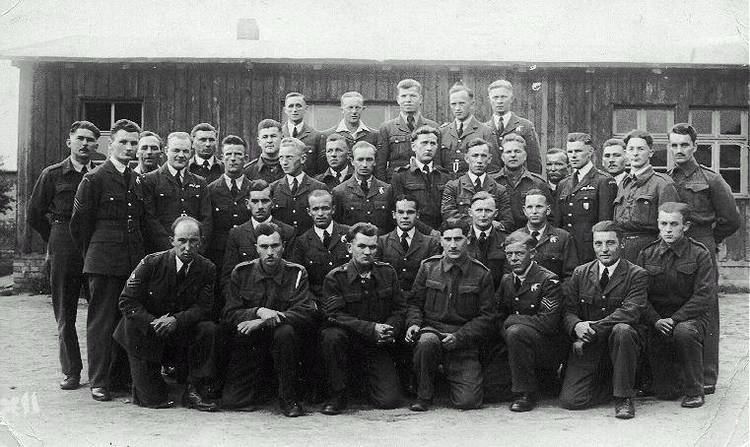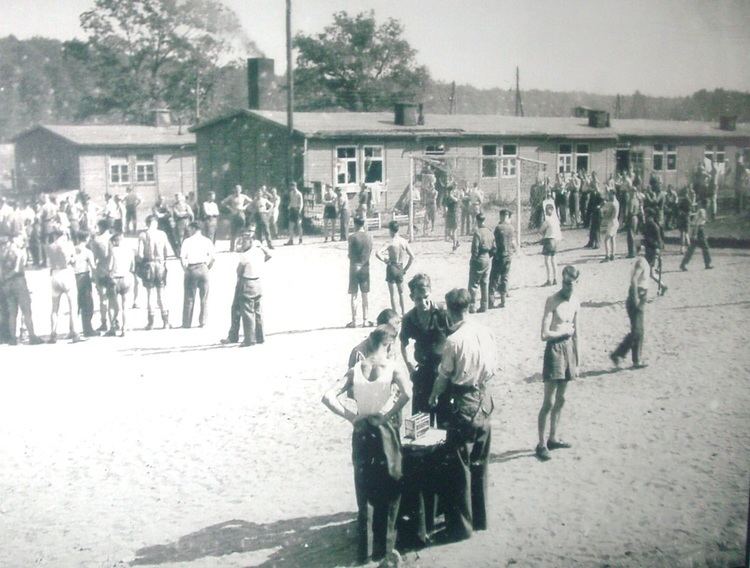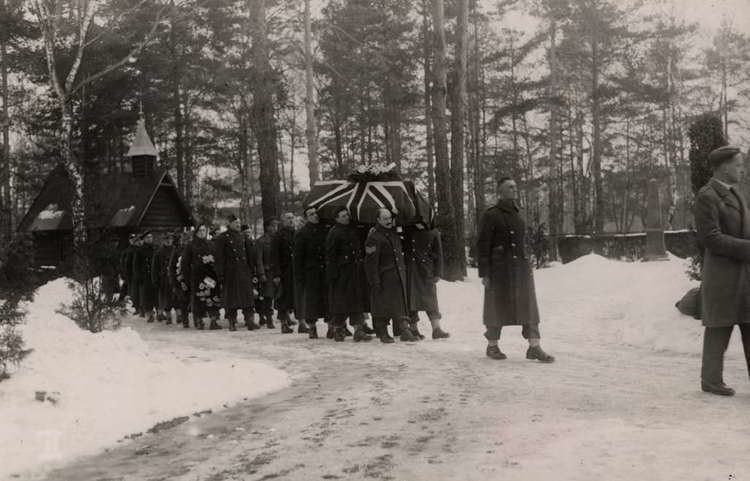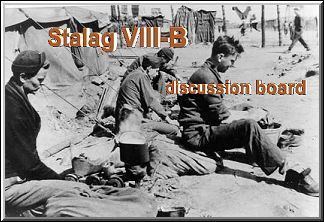Type Prisoner-of-war camp Occupants Allied PoW | In use 1939–1945 | |
 | ||
My grandad was held as a pow at stalag viii b lamsdorf this is his story and those of soviet pows
Stalag VIII-B Lamsdorf was a notorious German Army prisoner of war camp, later renumbered Stalag-344, located near the small town of Lamsdorf (now called Łambinowice) in Silesia. The camp initially occupied barracks built to house British and French prisoners in World War I. At this same location there had been a prisoner camp during the Franco-Prussian War of 1870-71.
Contents
- My grandad was held as a pow at stalag viii b lamsdorf this is his story and those of soviet pows
- Timeline
- Stalag Luft VIII B
- Medical facilities
- Evacuation and repatriation
- Arbeitskommandos
- References

Timeline

It was opened in 1939 to house Polish prisoners from the German September 1939 offensive. Later approximately 100,000 prisoners from Australia, Belgium, British India, British Palestine, Canada, France, Greece, Italy, the Netherlands, New Zealand, Poland, South Africa, the Soviet Union, the United Kingdom, the Isle of Man, the United States and Yugoslavia passed through this camp. In 1941 a separate camp, Stalag VIII-F was set up close by to house the Soviet prisoners.

In 1943, the Lamsdorf camp was split up, and many of the prisoners (and Arbeitskommando) were transferred to two new base camps Stalag VIII-C Sagan (modern Żagań and Stalag VIII-D Teschen (modern Český Těšín). The base camp at Lamsdorf was renumbered Stalag 344.
The Soviet Army reached the camp on 17 March 1945.

Later the Lamsdorf camp was used by the Soviets to house Germans, both prisoners of war and civilians. Polish army personnel being repatriated from POW camps were also processed through Lamsdorf and sometimes held there as prisoners for several months. Some were later released, others sent to Gulags in Siberia.
Stalag Luft VIII-B

By 1943, the famous camp for Allied flight personnel in Sagan - Stalag Luft III - had become so overcrowded that about 1,000, mostly non-commissioned flight personnel, were transferred to Lamsdorf. A part of Stalag VIII-B was separated by building new barbed-wire fences, designated Stalag Luft VIII-B. Thus a camp within a camp was created. However all food was provided from kitchens operated by army personnel in the camp proper.
Medical facilities

The hospital facilities at Stalag VIII-B were among the best in all Stalags. The so-called Lazarett was set up on separate site with eleven concrete buildings. Six of them were self-contained wards, each with space for about 100 patients. The others served as treatment blocks with operating theaters, X-ray and laboratory facilities, as well as kitchens, a morgue, and accommodations for the medical staff.
The lazarett was headed by a German officer with the title Oberst Arzt ("Colonel Doctor"), but the staff was made up entirely of prisoners. They included general physicians and surgeons, even a neurosurgeon, psychiatrist, anesthesiologist and radiologist.
Evacuation and repatriation
In January 1945, as the Soviet armies resumed their offensive and advanced into Germany, many of the prisoners were marched westward in groups of 200 to 300 in the so-called Death March. Many of them died from the bitter cold and exhaustion. The lucky ones got far enough to the west to be liberated by the American army. The unlucky ones got liberated by the Soviets, who instead of turning them over quickly to the western allies, held them as virtual hostages for several more months. Many of them were finally repatriated towards the end of 1945 through the port of Odessa on the Black Sea.
Arbeitskommandos
There were more than 700 subsidiary Arbeitskommandos (working parties outside the main camp). In the second issue of The Clarion (the camp magazine) in February 1943, the RC Chaplain Father John Berry says that "...there are about 600 Working Parties and ..... you will be able to guess why so many of you will have not yet had a visit". Arbeitskommandos were set up to house lower ranks that were working in the coal mines, quarries, factories and on railways. Among them were:
